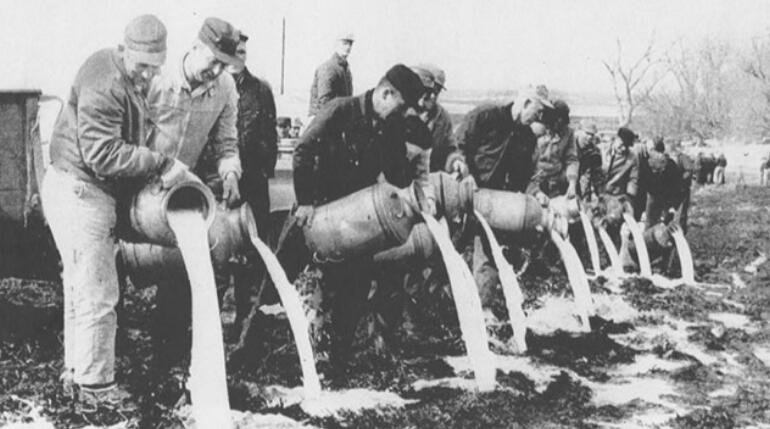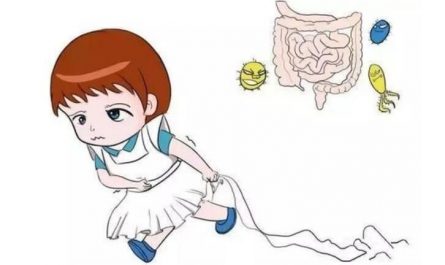Speaking of the milk pouring incident, it is not this time that is most widely known, but it happened during the Great Depression in the United States more than 90 years ago.
During the Great Depression, the Americans were indifferent, selfish, and indifferent to the rich. In order to maximize profits, Americans would pour milk into the river instead of giving alms to the poor. Is this really the case? actually not.
At the beginning of the twentieth century, the American milk industry was already quite developed. Anyone with a little knowledge of economics knows that commodity prices are determined by both supply and demand. At that time, milk production was very large, far exceeding people’s daily needs, so milk prices naturally went down all the way. However, before the economic crisis (the Great Depression), dairy farmers could still make money by selling milk. After all, if the price of milk fell below the break-even point, the enthusiasm of dairy farmers to raise dairy cows would be reduced, and the supply of milk would decrease. After the balance changes, the price of milk will rise again.
In 1929, an unprecedented economic crisis swept across the United States, and the entire social and economic activities were almost brought to a standstill. With the emergence of the national Great Depression, a large number of Americans went bankrupt, the national consumption willingness and ability were rapidly shrinking, and a large number of commodities appeared surplus.
The US milk industry originally fluctuated between the balance of supply and demand. The decline in consumption power brought about by the Great Depression led to a far oversupply of milk, and the price of milk also plummeted. Take President Hoover’s hometown of Iowa as an example. A quart (0.946 liter) of milk can only be sold for 2 cents. This price can hardly cover labor costs, let alone make money.
For dairy farmers, what made the situation worse was that the Great Depression caused many farmers to put down their hopeless farming work, took up pitchforks and shotguns and took to the streets to protest. They blocked the road to the town and did not allow vehicles to pass. The dairy farmers were unable to send the milk into the city for sale, so they had to pour the whole bucket of milk into the ditch. It is estimated that the dairy farmers at the time were also eager to run, because other agricultural products can be preserved for a long or short time, so those farmers can safely and boldly take to the streets to protest and fight for their own interests, but milk can only be produced now. pin. Therefore, it was the dairy farmers who got hurt.
As the incident intensified, more and more towns were blocked. In Wisconsin, angry farmers rushed into the dairy factory, overturned 34,000 pounds of milk to the ground, and poured gasoline into the milk bucket in protest. The milk pouring incident we learned about in books mainly refers to this one in Wisconsin. It turned out that I spent a long time pouring milk from other people’s homes. No wonder everyone was so enthusiastic.
Seeing this, everyone must have a new understanding of this matter. The phenomenon of pouring milk that occurred during the Great Depression in the United States was not caused by capitalists or employees of capitalists, but by some angry farmers and some helpless dairy farmers.
So why do dairy farmers prefer to pour out the milk rather than distribute it to the poor for free? In fact, it’s not that the dairy farmers didn’t do this, but they couldn’t do it. At first, some of the dairy farmers who were intercepted were reluctant to dump the milk in vain, but drove their cars to nearby villages and towns to distribute them for free. However, milking and transportation are costly. When dairy farmers are unable to live on their own, who has the motivation to persist in doing these good deeds? For them, when the milk cannot be sold, dumping it directly is the most economical and trouble-free way.






